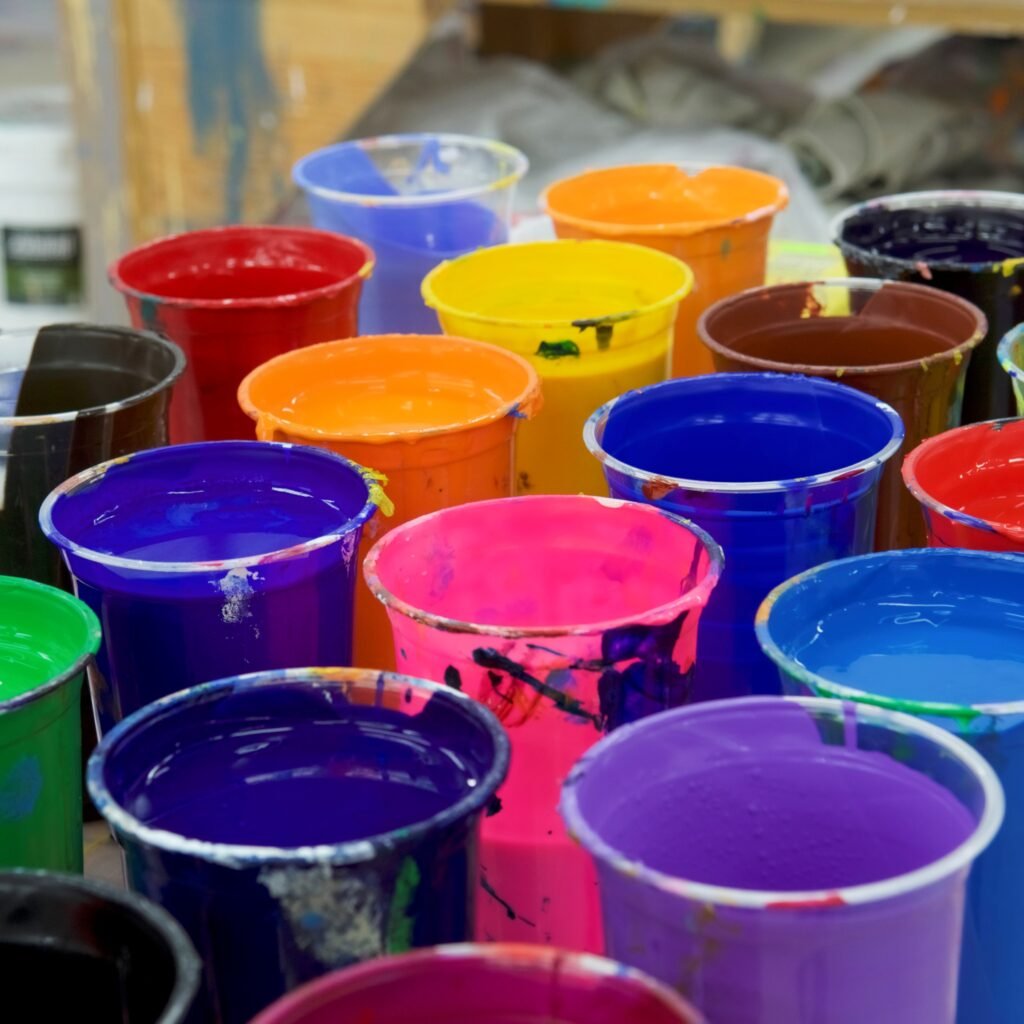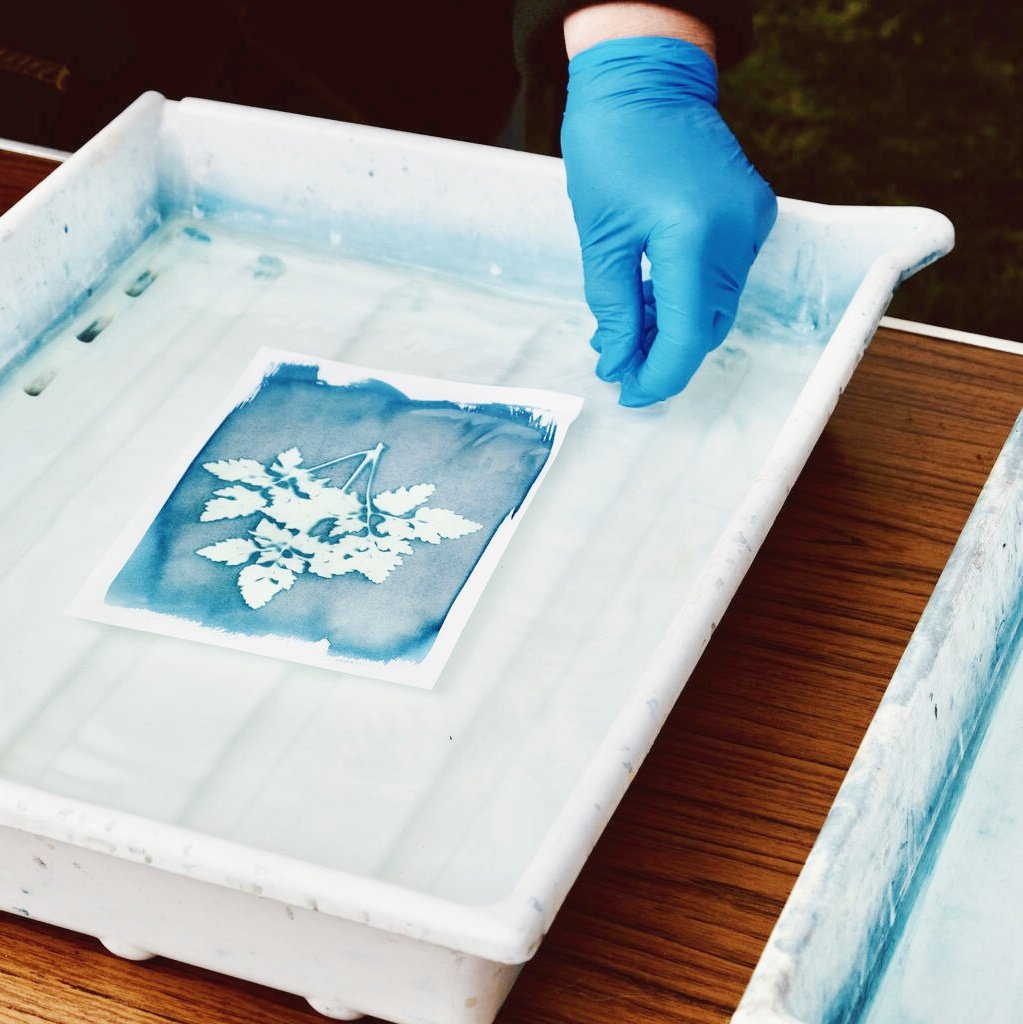Adhesive screen is key in printing and repairs. Learn what it is, how it works, and why it matters in every project.
Indholdsfortegnelse
The Unsung Hero: What Is Screen Printing Adhesive Really About?
If you’ve ever seen a perfectly printed t-shirt or poster and thought, “Wow, that’s crisp!”—you can thank the adhesive screen for that. This behind-the-scenes essential is what holds the fabric or material still while the ink is applied.
Without it? You’re looking at smudges, misalignment, and a lot of frustration.
There are different types of screen adhesives:
- Vandbaseret: Gentle, easy to clean, ideal for light fabrics.
- Solvent-based: Tougher hold, better for heavier or slicker materials.
Most print shops rely on spray adhesives because they’re quick, effective, and let you adjust tack levels. The adhesive is used on a flat surface or screen printing pallet, often paired with a frame made of plastic. That brings up a common question: What is the plastic that holds a screen in place called? It’s typically polycarbonate, PVC, eller polyethylene—durable, lightweight, and reliable.
Super Glue on a Windscreen? Let’s Talk About That…
Here’s a common DIY dilemma: a tiny chip in your car’s windscreen. Can you just dab on some super glue and call it a day?
The short answer? Not really.
Super glue is strong, sure—but it’s not built for outdoor exposure, shifting temperatures, or the pressure windshields endure. Plus, it can make the crack worse over time.
What professionals use instead is a specialized adhesive screen product—usually a urethane adhesive made to bond auto glass to metal frames. It’s flexible, UV-resistant, and safe.
So, while it might be tempting to patch it yourself, a proper adhesive screen solution is the way to go for safety and long-term results.
Choosing the Best: What’s the Top Screen Adhesive Out There?
There’s no one-size-fits-all answer here. The “best” adhesive screen depends on your project.
Here’s a quick cheat sheet:
- For T-shirts and fabric: Try spray adhesives like 3M or AlbaChem. Great for light tack and clean removal.
- For heavier materials or long runs: Go for liquid adhesives with a brush or roller application.
- For reusability: Pallet adhesives that stay tacky and are safe on fabric.
And let’s not forget the screen itself. Curious again about what is the plastic that holds a screen in place called? It’s that trusty polycarbonate or PVC frame that gives the whole structure its tension and shape.
Adhesive Printing: Not Just for Labels
Adhesive printing isn’t just about stickers. It covers everything from decals and signage to custom vinyl graphics and wall art.
These materials often have a backing that’s sticky, but without proper placement, your design could be ruined. That’s where adhesive screen setups shine. They make sure the material doesn’t curl, slip, or move mid-print.
Especially in roll-to-roll printing, a steady hold means cleaner results, less waste, and happier customers. Whether you’re creating promotional labels or vehicle wraps, the adhesive screen makes the magic possible behind the scenes.
HTV vs. Screen Printing: What’s the Real Difference?
Heat Transfer Vinyl (HTV) and screen printing are both popular for customizing garments—but they work quite differently.
HTV involves cutting vinyl and heat-pressing it onto fabric. It’s ideal for:
- Small runs
- Name personalization
- Home use
Serigrafi, on the other hand, uses stencils and ink. It’s better for:
- Masseordrer
- Langtidsholdbare udskrifter
- Vibrant designs
Where does the adhesive screen fit into all this? Both processes benefit from one. In HTV, it helps lay vinyl flat and hold garments steady. In screen printing, it’s essential for keeping fabric aligned while applying ink.
Bottom line? If you’re serious about print quality, don’t skip the adhesive step.
Which One Lasts Longer: Screen Print or HTV?
Let’s be honest—everyone wants their design to last. And if you’re choosing between HTV and screen printing, durability is a big factor.
Serigrafi usually wins this round. The ink penetrates the fabric fibers, making it more resistant to washing and wear. It can last through dozens (even hundreds) of washes without cracking or fading.
HTV, while easy to use and vibrant, sits on the fabric’s surface. Over time, and especially with heat or abrasion, it might peel or crack.
That said, a well-set print—using a good adhesive screen—will always perform better. A secure base leads to better ink coverage, sharper lines, and ultimately, a print that stands the test of time.
Final Take: Why Adhesive Screen Matters More Than You Think
You don’t have to be a professional printer or auto tech to appreciate what a good adhesive screen does. It holds things still when precision matters. It reduces errors, saves time, and supports quality.
Whether you’re printing your next t-shirt line, making custom labels, or replacing a windshield, having the right adhesive screen setup makes the whole process smoother.
Paired with durable plastic frames like PVC or polycarbonate (yes, still the answer to what is the plastic that holds a screen in place called?), this system gives you control and confidence in every project.
So next time you’re about to start a new print or fix, remember: everything starts with what you can’t always see—the adhesive screen underneath it all.



